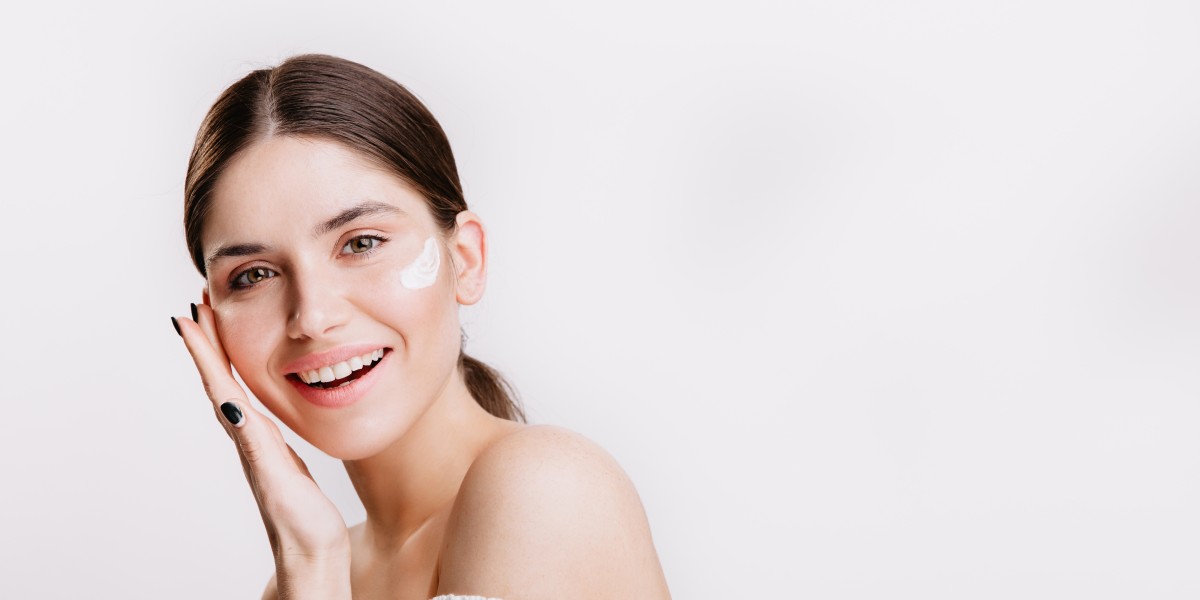Sunscreen is one of the most essential skincare products in any routine, yet finding the right one can be a challenge, especially if you have combination skin. You want a formula that protects against harmful UV rays without making your T-zone greasy or your cheeks dry. That’s where tinted sunscreen comes in. It not only shields your skin from sun damage but also gives you light coverage and a healthy glow. You can explore a variety of tinted sunscreen options that blend protection with beauty, perfectly suited for your skin’s unique needs.
What is Tinted Sunscreen?
Tinted sunscreen is a skincare hybrid that combines the benefits of sun protection with a touch of color to even out the complexion. It functions like a lightweight foundation while delivering SPF protection, making it ideal for those who prefer a minimalist makeup routine. The tint usually comes from iron oxides—ingredients that not only add color but also provide protection against visible light, including blue light emitted from electronic devices.
The best part about tinted sunscreens is their versatility. They can be used alone for a natural look or as a base under makeup. Most formulas are lightweight, breathable, and non-comedogenic, making them perfect for everyday use across all skin types, particularly combination skin.
Benefits of Using Tinted Sunscreen
Tinted sunscreen isn’t just about the tint—it’s about the multitasking protection it provides. Here are a few reasons why it deserves a place in your daily skincare routine:
Sun and Light Protection: Offers broad-spectrum SPF protection while also blocking visible light that contributes to pigmentation.
Natural Coverage: Provides light to medium coverage that evens out skin tone, concealing minor imperfections.
Time-Saving: Works as sunscreen, primer, and foundation in one step, making it perfect for busy mornings.
Skin Nourishment: Many tinted sunscreens contain antioxidants, hydrating agents, and skin-calming ingredients that improve skin health over time.
Why Tinted Sunscreen is Ideal for Combination Skin
Combination skin presents unique challenges—your T-zone tends to get oily while the cheeks remain dry or normal. Regular sunscreens may be too greasy or too drying, upsetting this delicate balance. Tinted sunscreens, however, are formulated to provide hydration where needed while controlling shine in oily areas.
They are typically lightweight and absorb quickly without clogging pores, making them an excellent choice for people with acne-prone or sensitive skin. The tint also adds an even finish, helping reduce redness and dullness without the need for heavy makeup.
How to Choose the Best Sunscreen for Combination Skin
Selecting the best sunscreen for combination skin involves more than just checking the SPF number. Here are key features to look for:
Oil-Free Formulas: Choose sunscreens labeled oil-free or non-comedogenic to prevent clogged pores and breakouts.
Matte or Natural Finish: Helps control shine in oily areas while keeping drier parts hydrated.
Hydrating Ingredients: Look for components like hyaluronic acid, ceramides, and glycerin to maintain skin balance.
Broad-Spectrum Protection: Ensure it protects against both UVA and UVB rays for complete coverage.
Lightweight Texture: A gel-cream or fluid texture works best for combination skin, allowing smooth application and absorption.
When selecting your product, test how it feels on your skin throughout the day. The right tinted sunscreen should feel comfortable, leave no white cast, and keep your complexion balanced and fresh.
How to Apply Tinted Sunscreen Properly
To get the most from your tinted sunscreen, it’s important to apply it correctly. Here’s how:
Step 1: Start with a clean, moisturized face.
Step 2: Apply a generous amount—about a quarter teaspoon for your face—and blend it evenly across your skin.
Step 3: Reapply every two hours, especially if you’re outdoors, sweating, or wiping your face.
Step 4: For touch-ups, use a tinted sunscreen powder or cushion for convenience.
Applying the right amount ensures that your skin receives the intended SPF protection and maintains that soft, radiant finish throughout the day.
The Best Sunscreen for Combination Skin: What to Look For
Finding the best sunscreen for combination skin means balancing protection, comfort, and appearance. Some sunscreens are too rich and may cause excess shine, while others might feel drying or cause tightness. A good formula should strike the perfect balance—hydrating dry areas while controlling oil in others.
The best products often feature antioxidants, niacinamide, and lightweight emollients that help the skin maintain equilibrium. They also blend seamlessly into the skin, leaving behind a natural, luminous finish rather than a chalky residue. You can discover curated selections of the best sunscreen for combination skin that provide broad-spectrum protection while enhancing your skin’s overall health.
Final Thoughts
Incorporating tinted sunscreen into your daily routine is one of the smartest skincare moves you can make. It saves time, evens out your complexion, and provides reliable protection from harmful rays, all in one step. For combination skin, tinted sunscreens are a perfect match because they adapt to your skin’s changing needs without overwhelming it.
Choosing the right tinted sunscreen and finding the best sunscreen for combination skin ensures that your skin stays protected, balanced, and glowing all day long. A little consistency in your routine goes a long way in maintaining healthy, radiant skin.
FAQs
1. Is tinted sunscreen suitable for daily use?
Yes, tinted sunscreen is perfect for daily use. It protects your skin from harmful UV rays and provides a smooth, even finish that makes it ideal for both skincare and makeup routines.
2. Can I use tinted sunscreen instead of foundation?
Absolutely. Tinted sunscreen provides light coverage and a natural glow, making it an excellent alternative to foundation—especially for those who prefer a minimal makeup look.
3. How often should I reapply tinted sunscreen?
It’s recommended to reapply every two hours when outdoors, or more frequently if you’re swimming, sweating, or wiping your face. Regular reapplication ensures consistent protection throughout the day.



